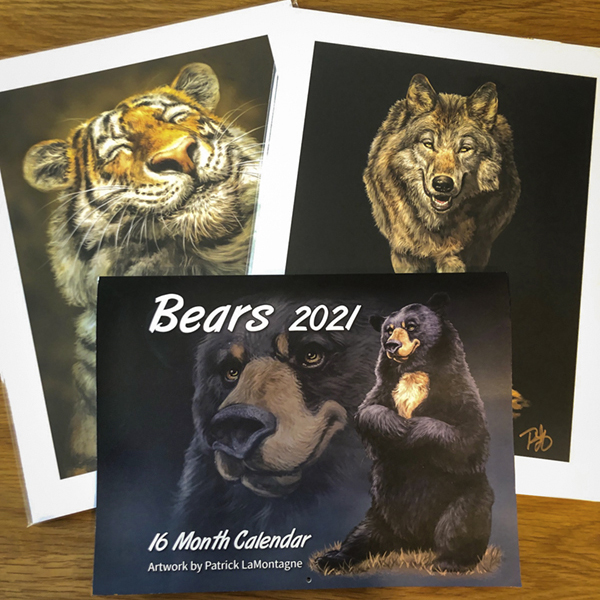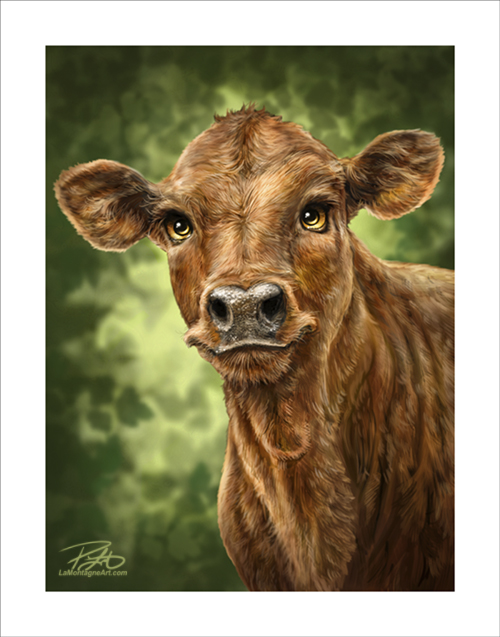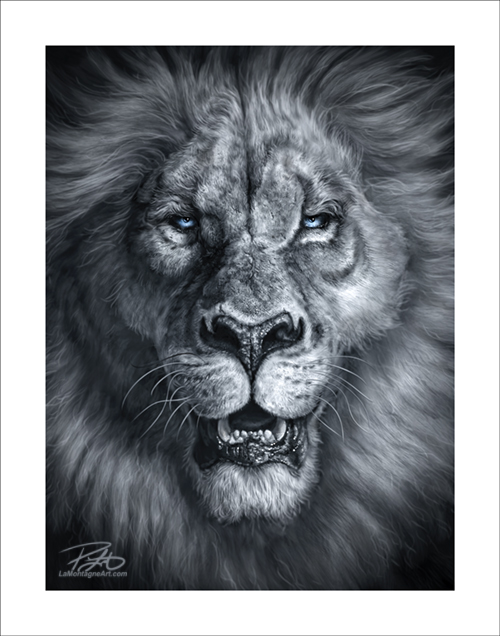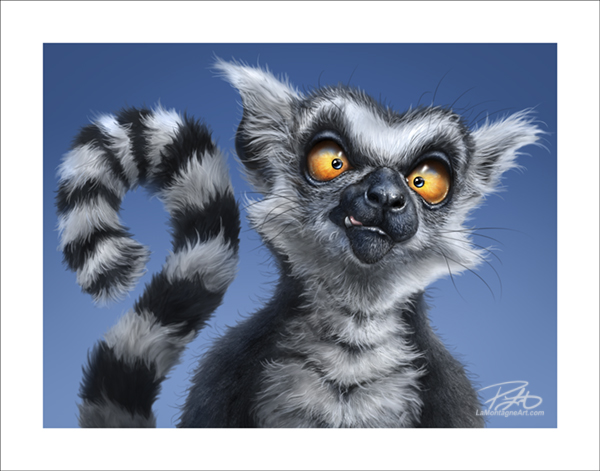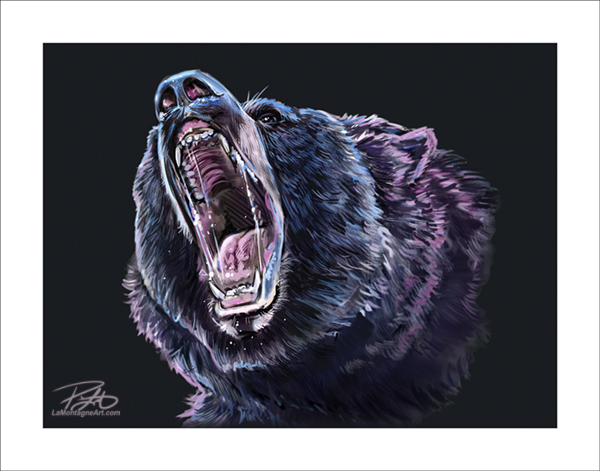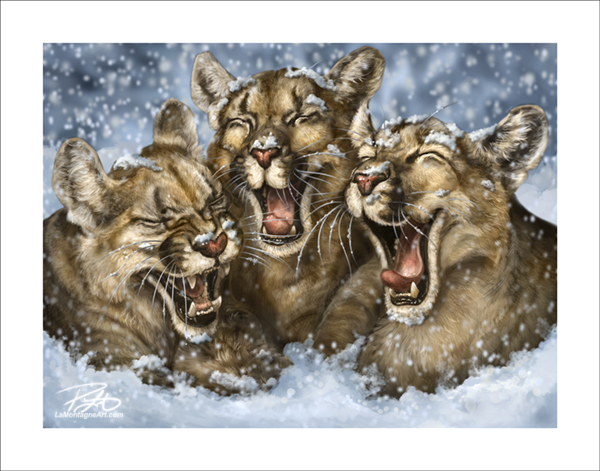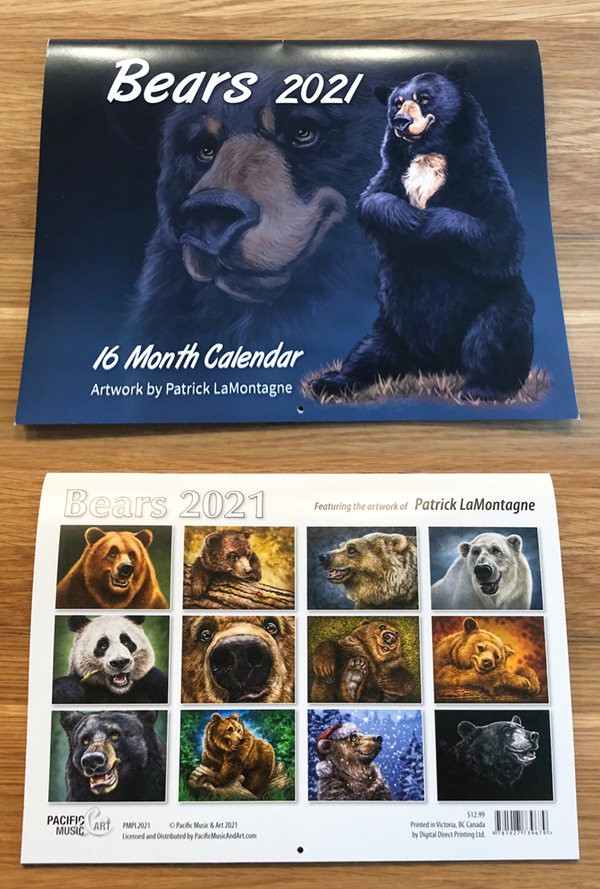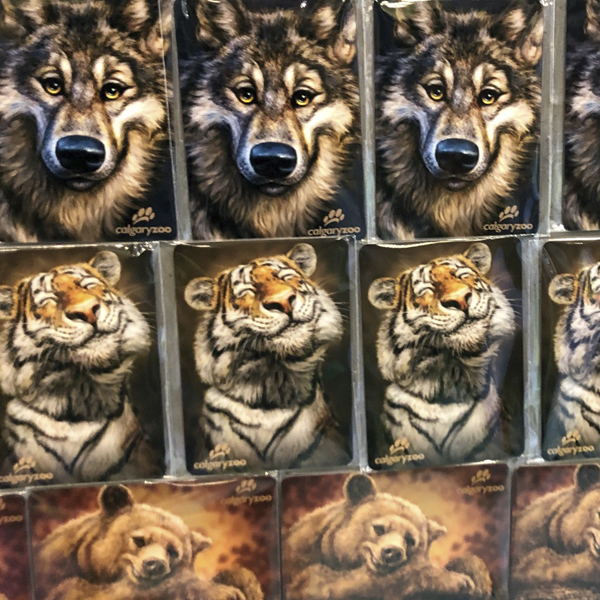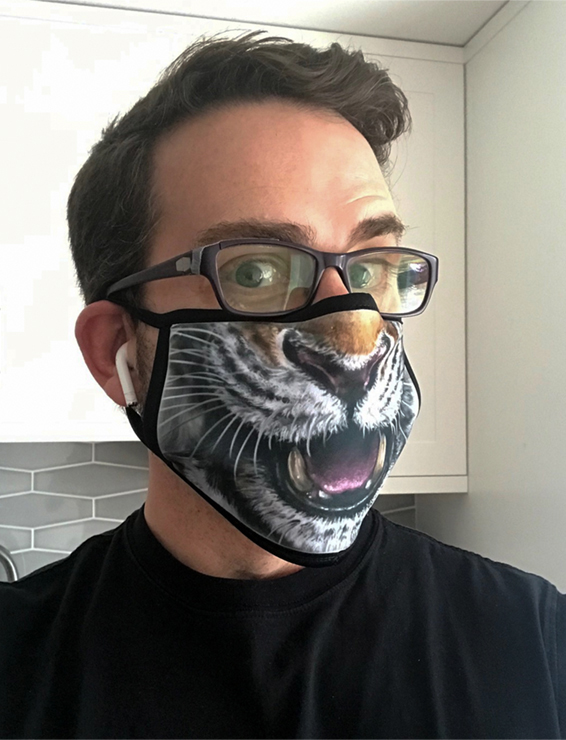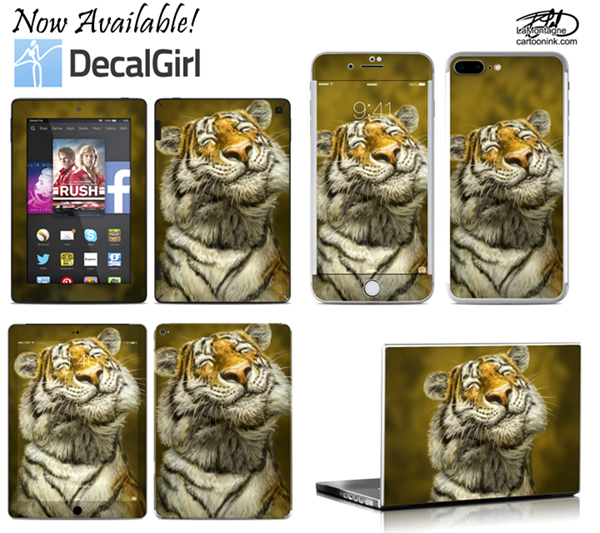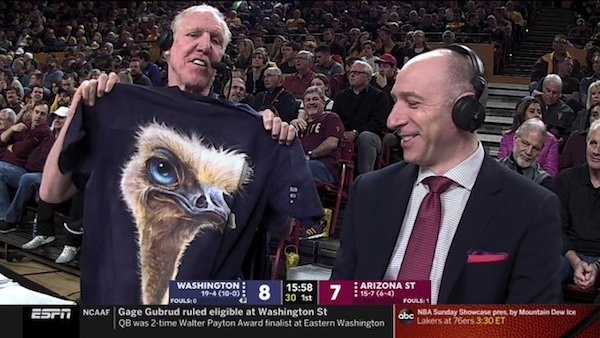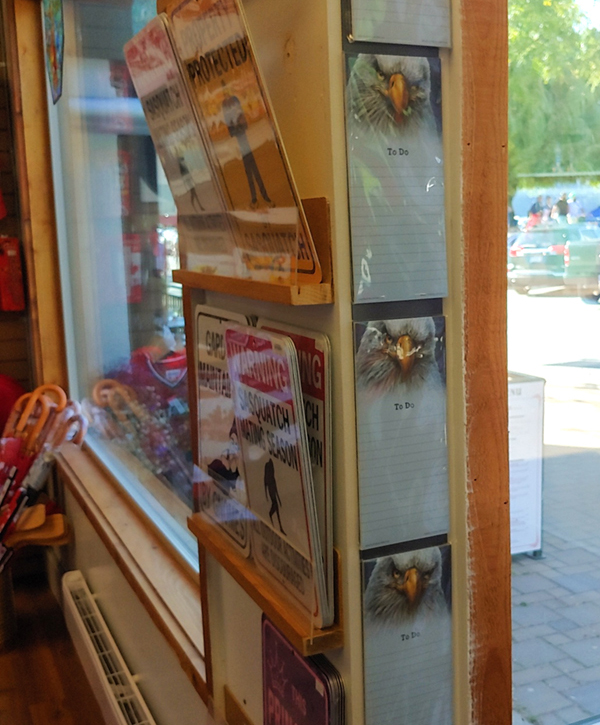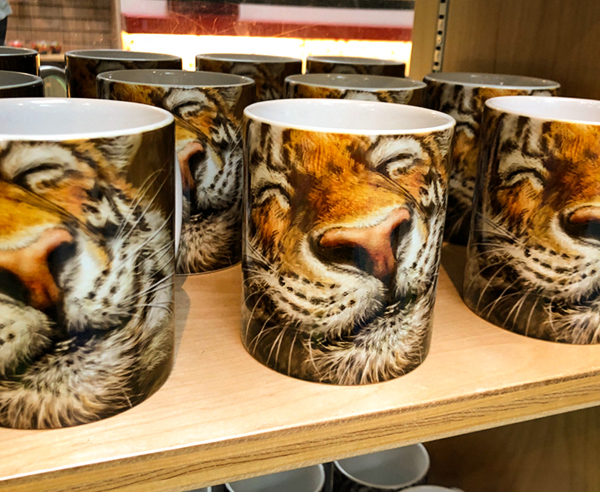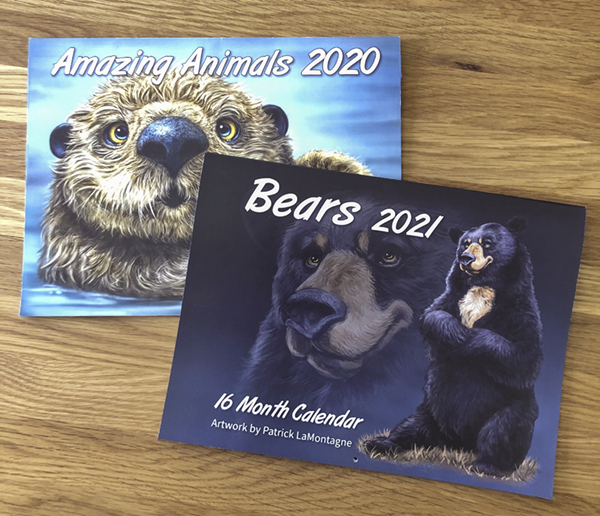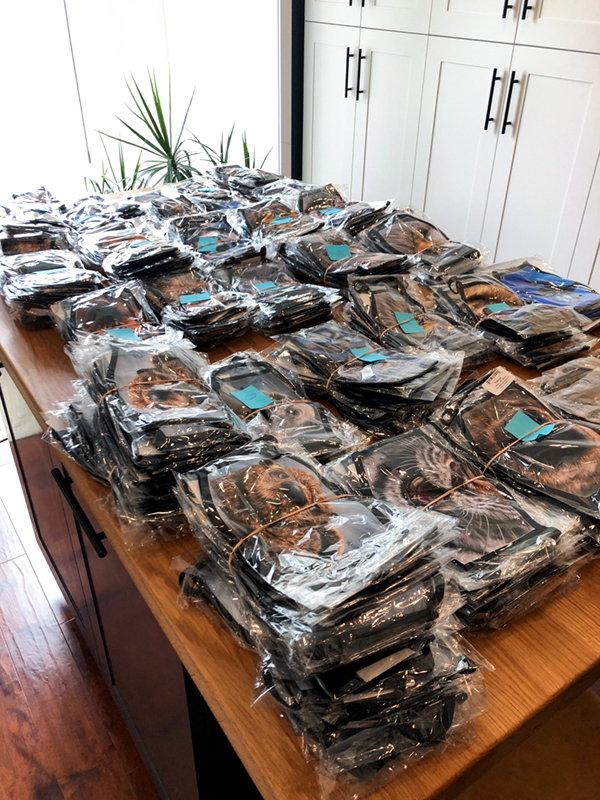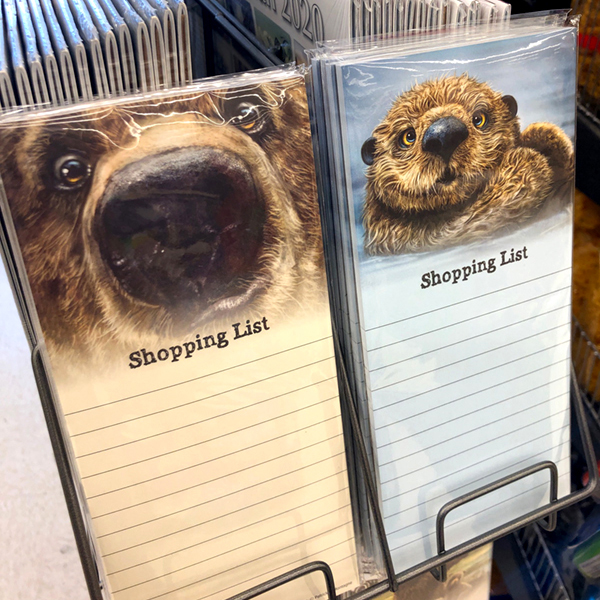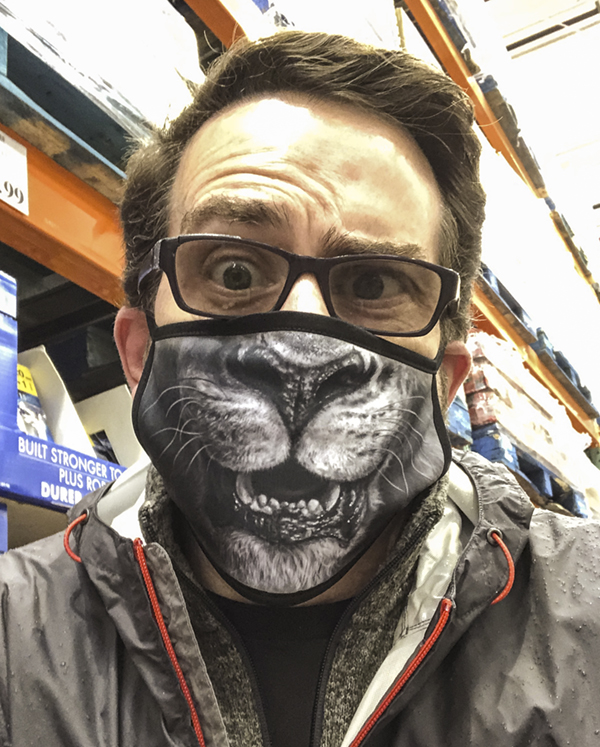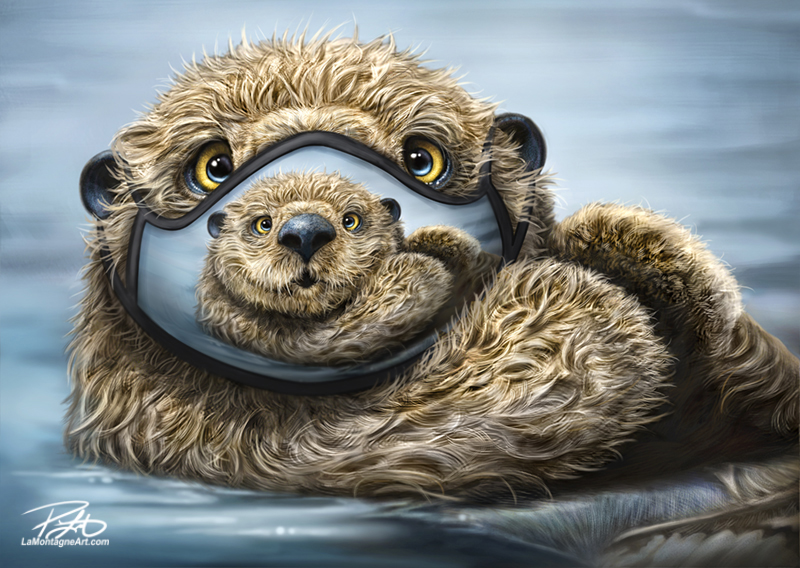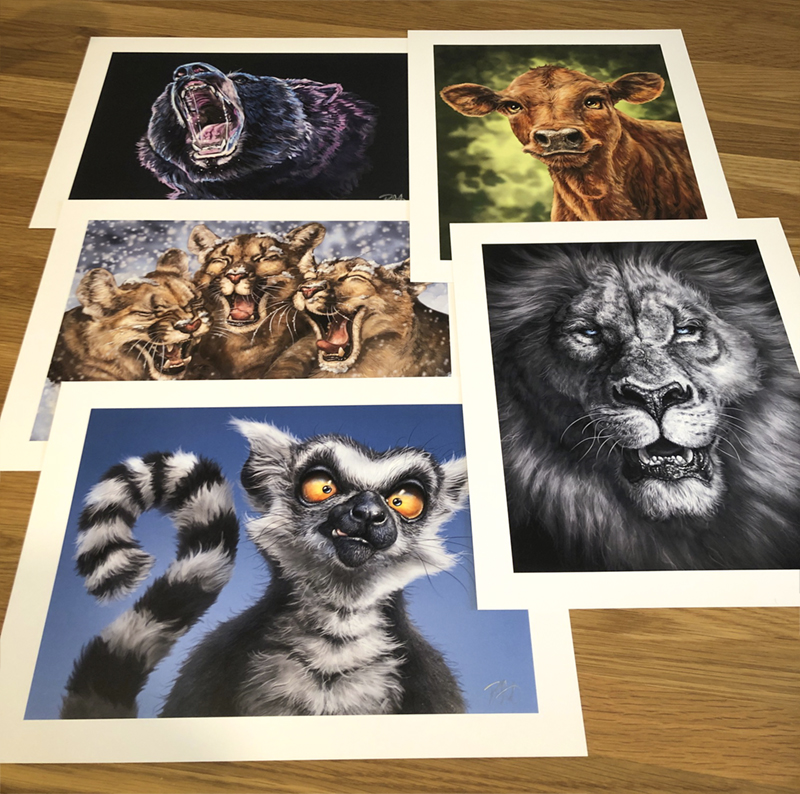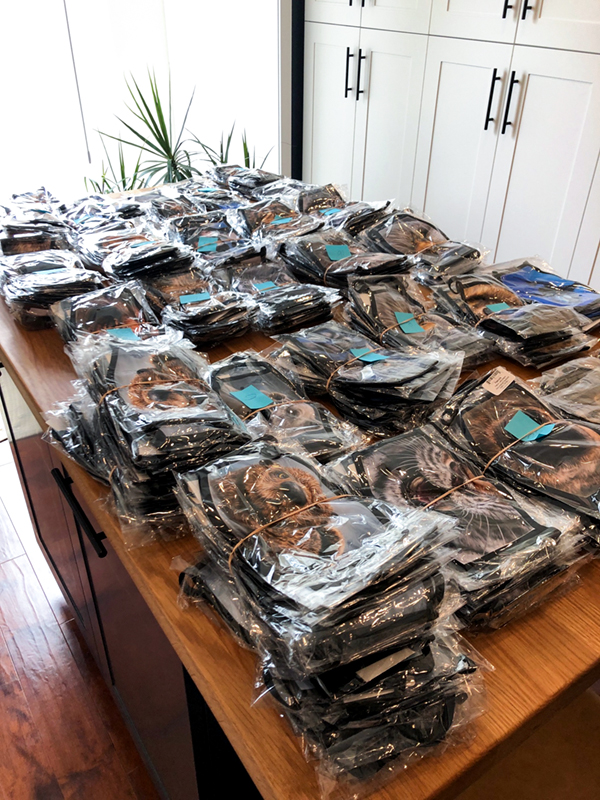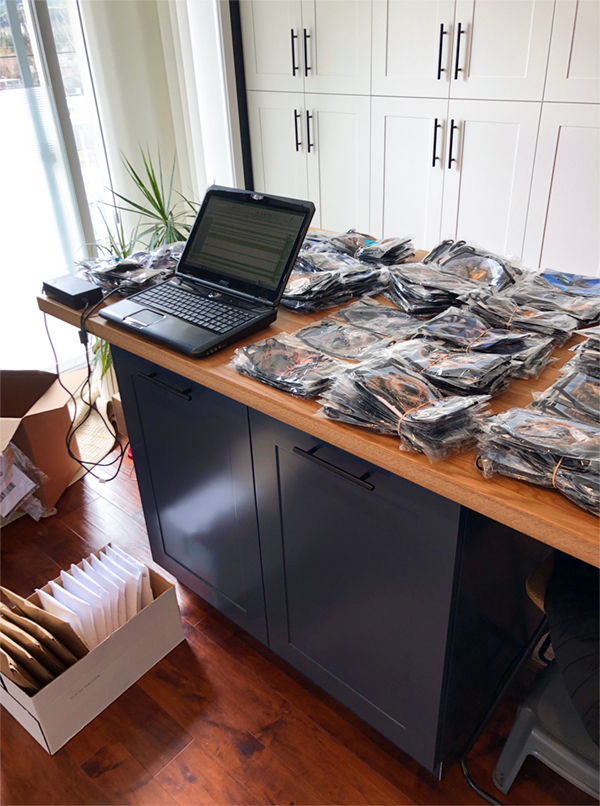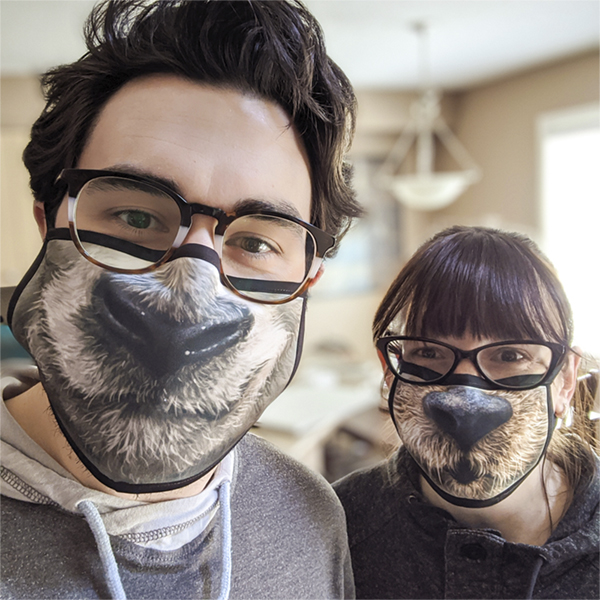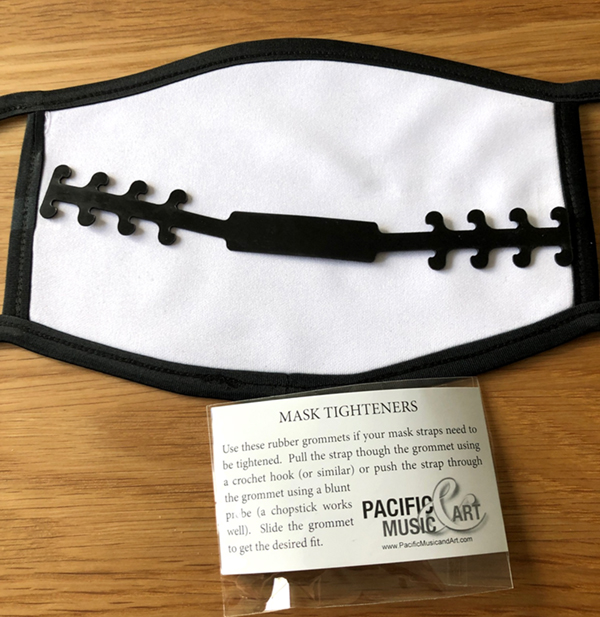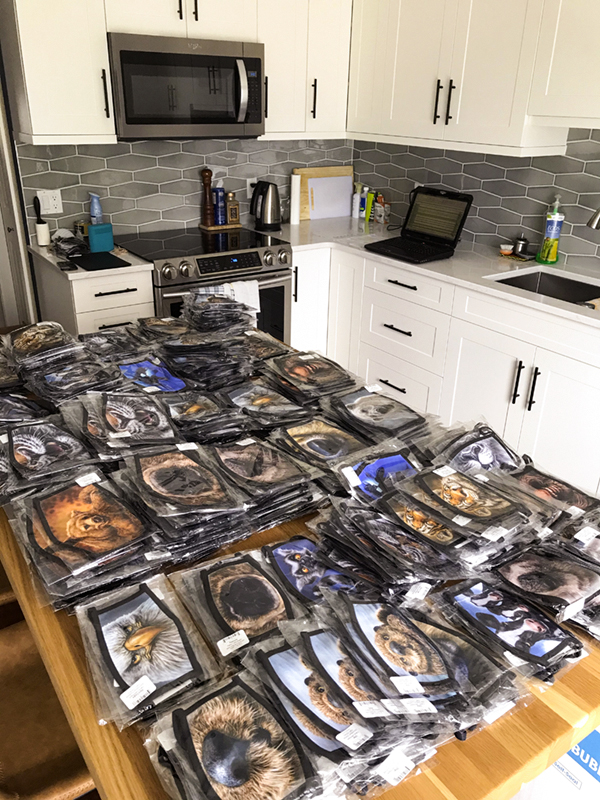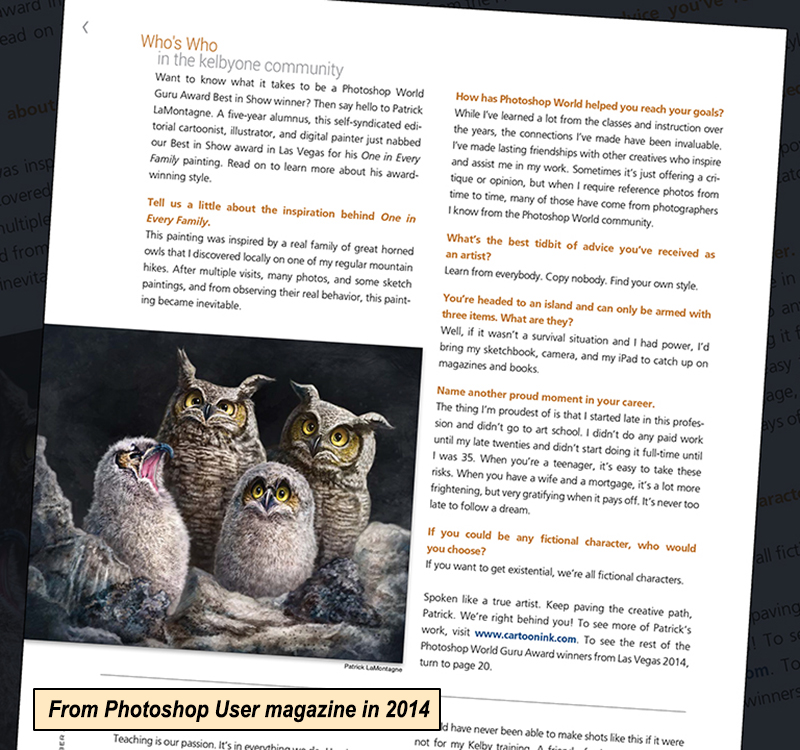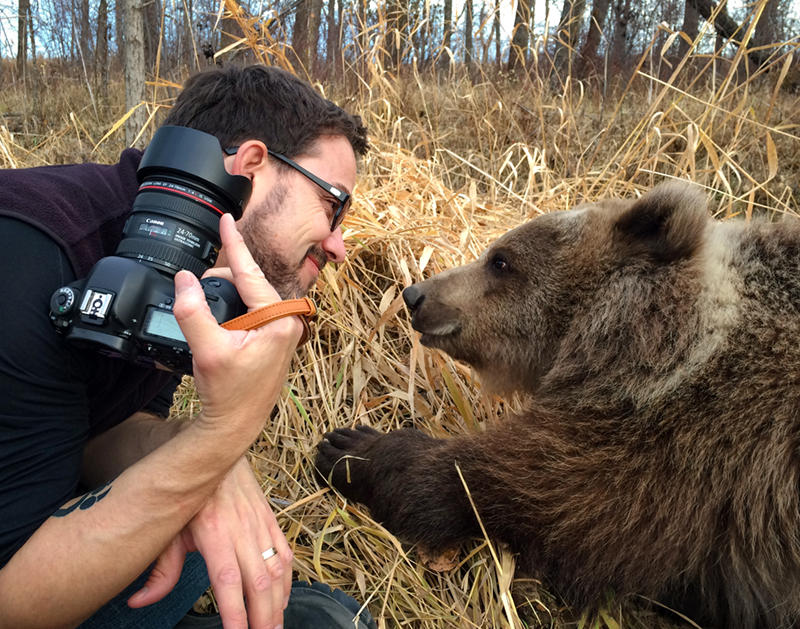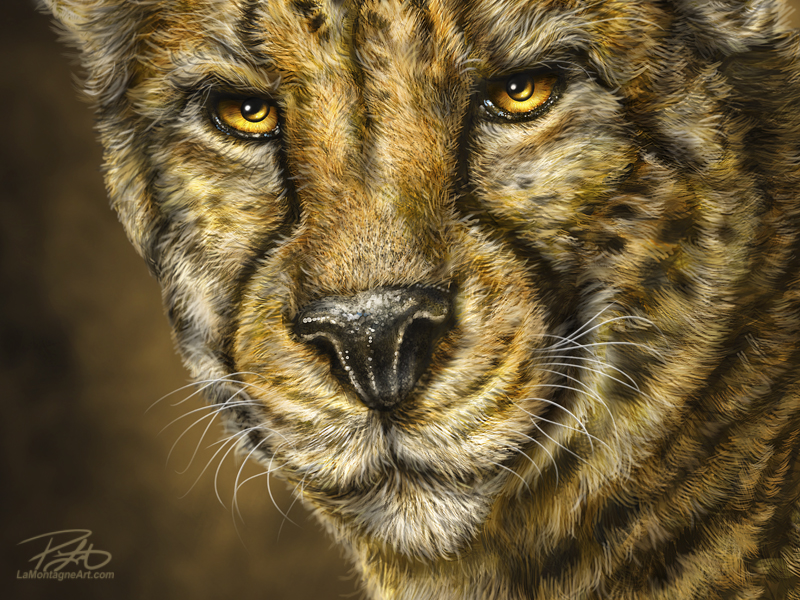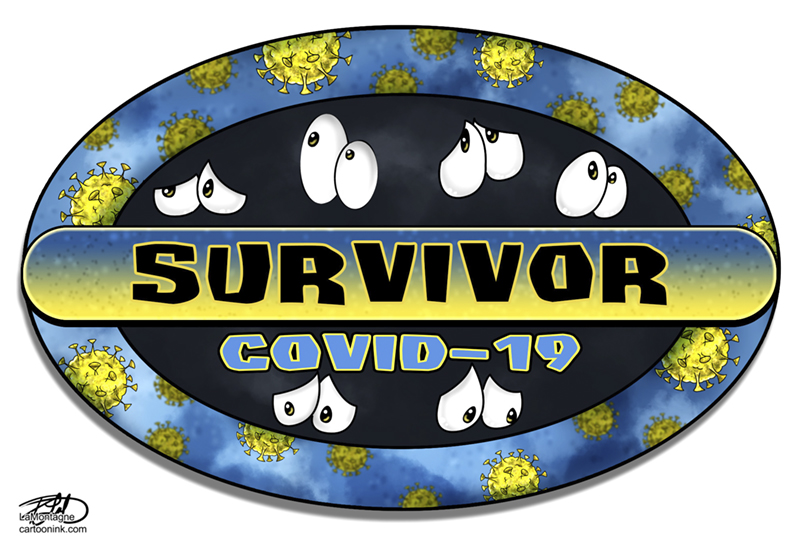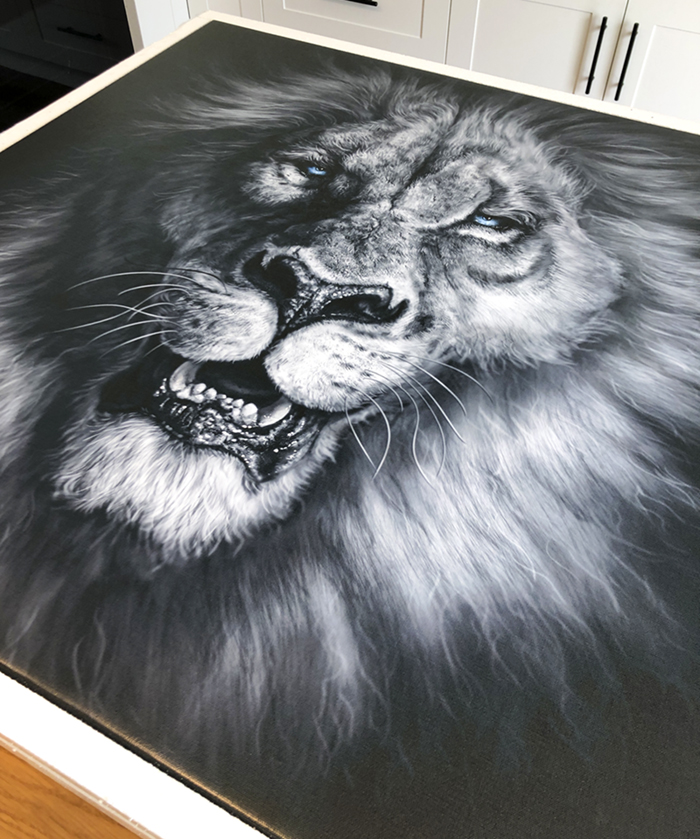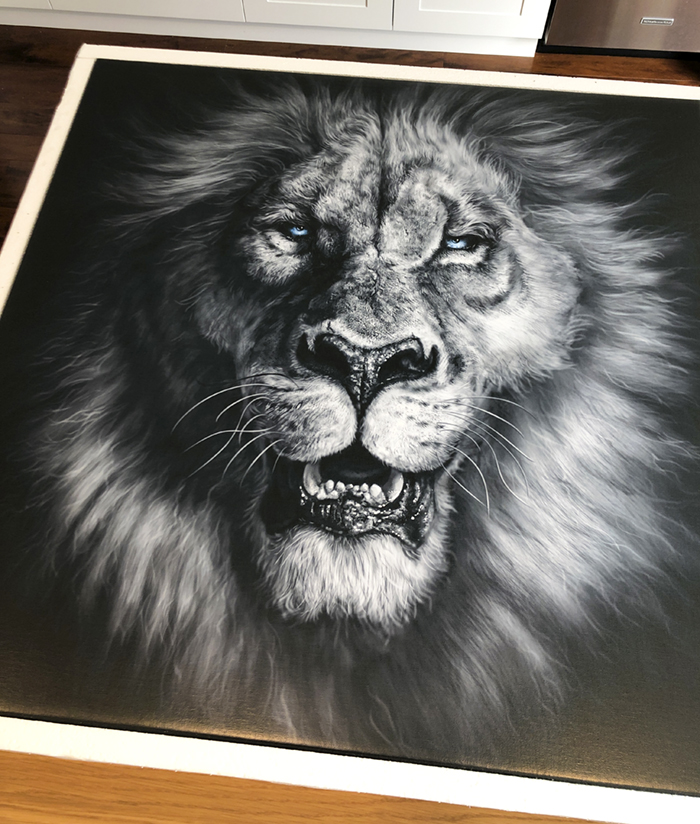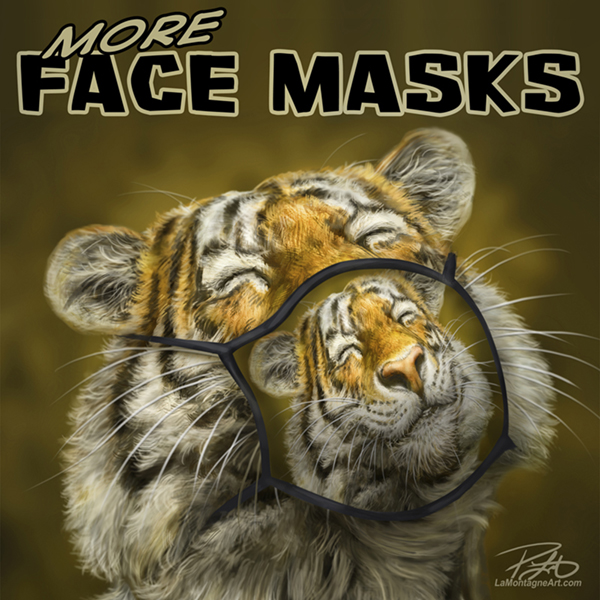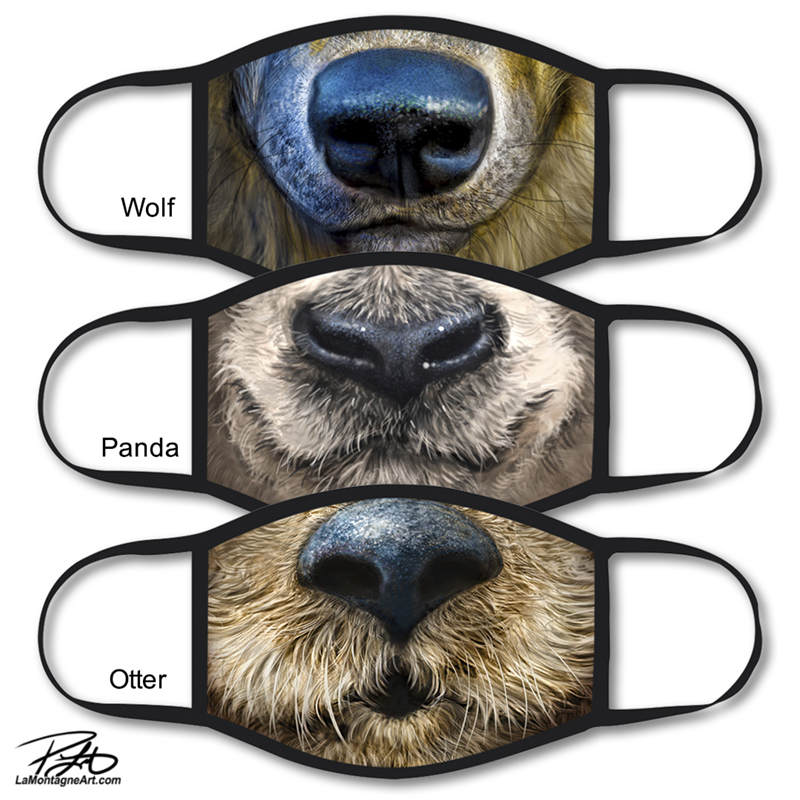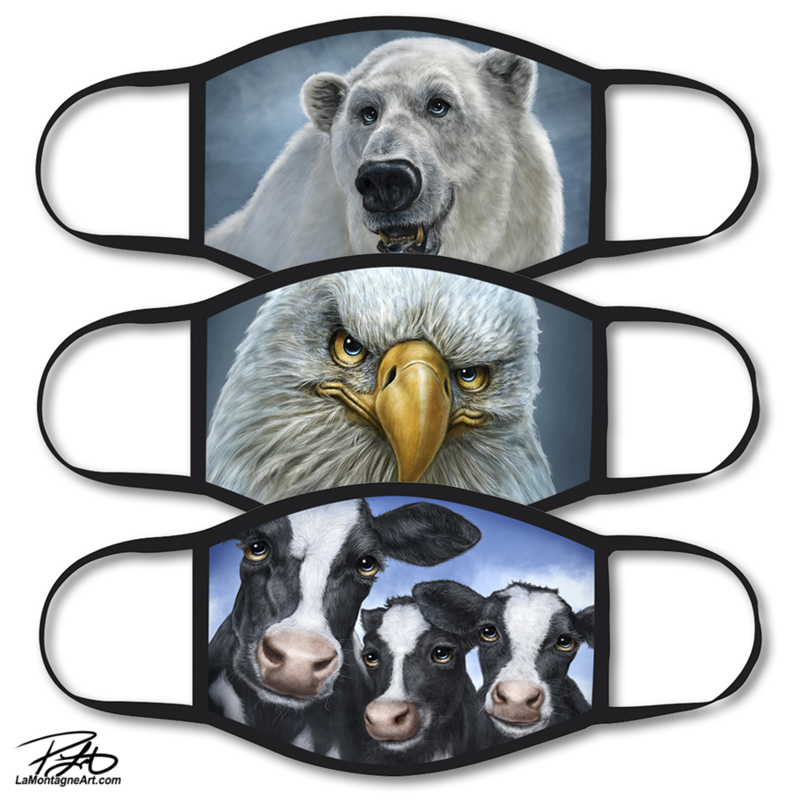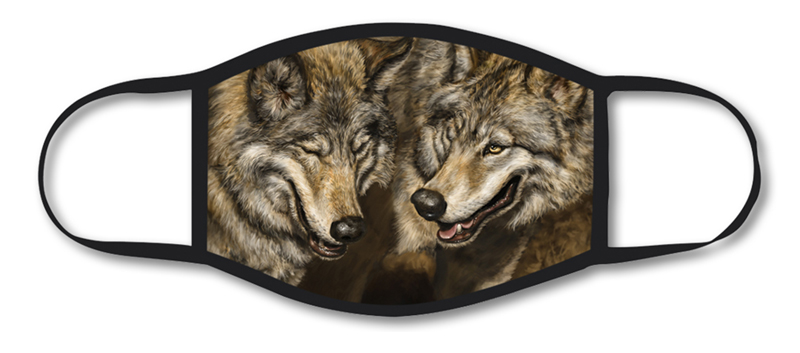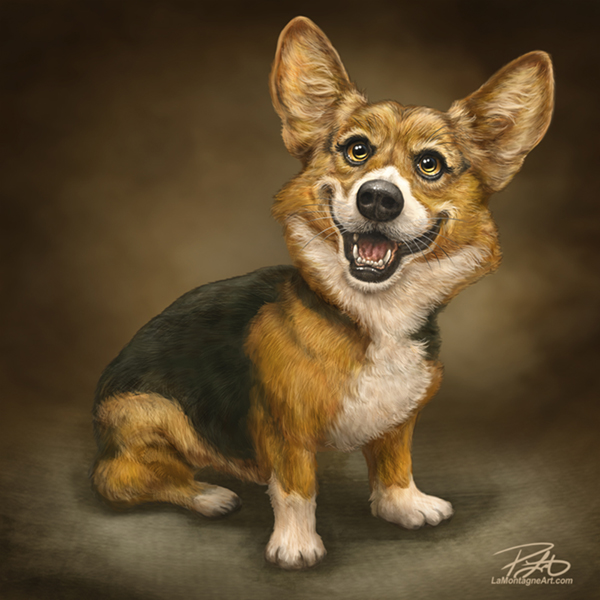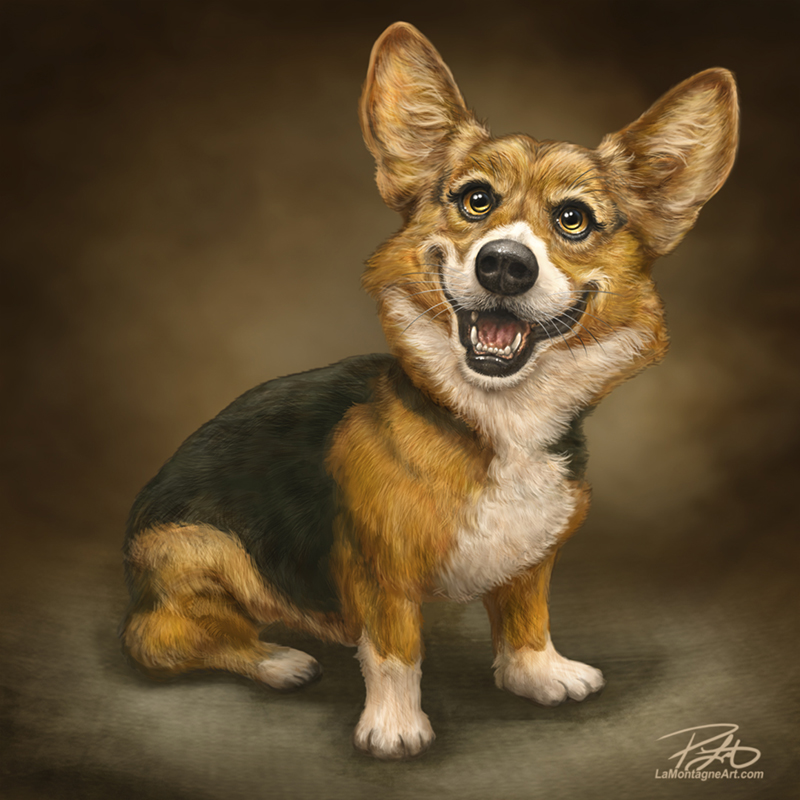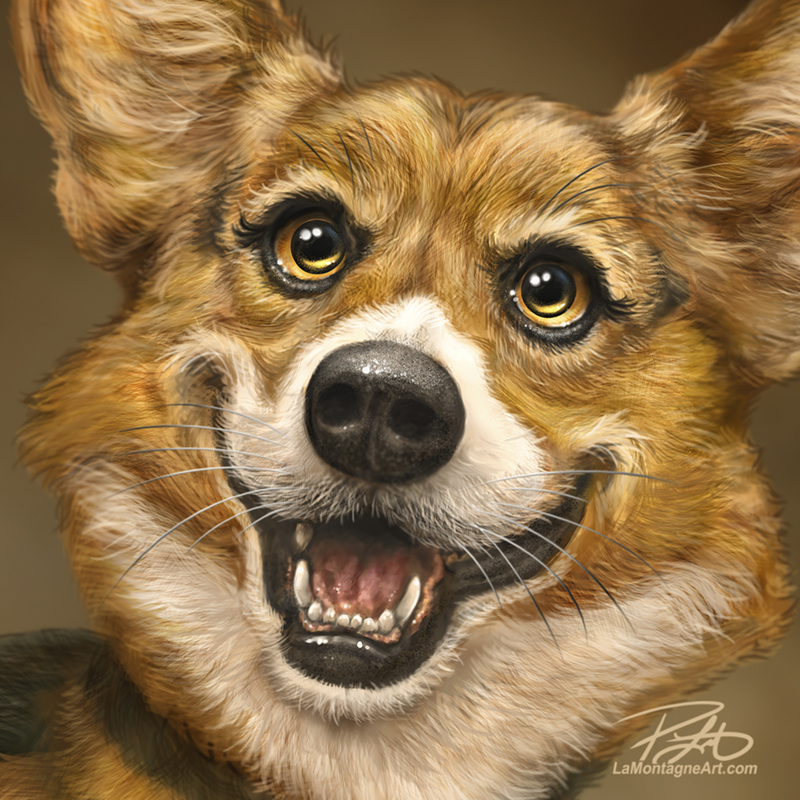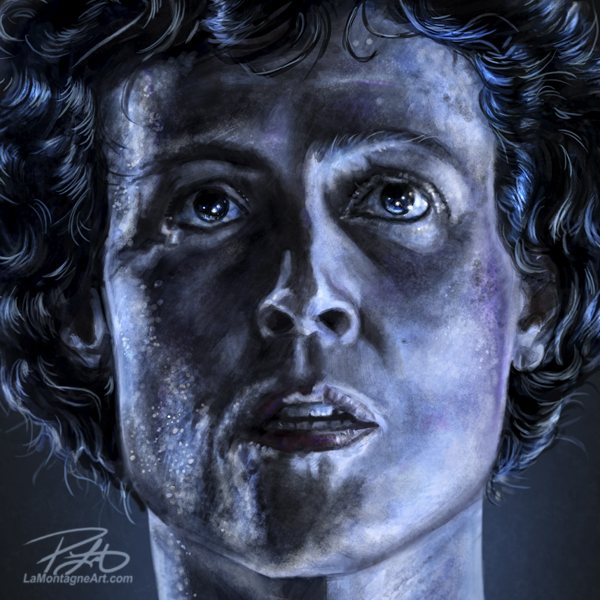
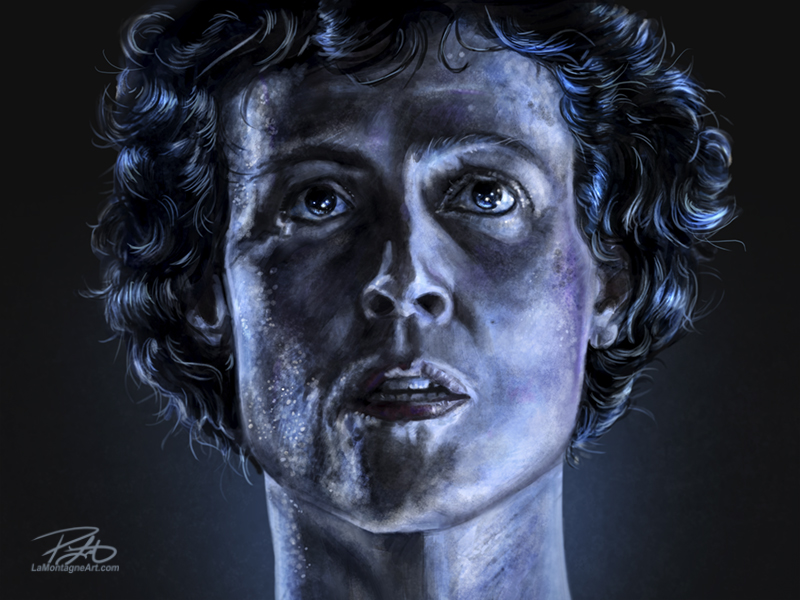 In 2014, the cast of the 1986 film, Aliens reunited at the Calgary Comic and Entertainment Expo. There were autograph signings, photo ops, and a stand-alone event one night where the cast was interviewed, and shared stories in front of an audience of thousands.
In 2014, the cast of the 1986 film, Aliens reunited at the Calgary Comic and Entertainment Expo. There were autograph signings, photo ops, and a stand-alone event one night where the cast was interviewed, and shared stories in front of an audience of thousands.
Because I was working at my booth, selling my funny looking animal prints, I missed it.
For one reason or another, sci-fi and fantasy movie fans have one favorite franchise.
For some it’s Star Wars, others it’s Star Trek, Lord of the Rings, the Marvel Universe and many others. While I can take or leave the Lord of the Rings, I enjoy those others and have seen them multiple times. Then again, I’ve seen all of the Scorsese’s stuff multiple times, too.
I just love movies.
Even though television writing has improved in leaps and bounds in recent years, and I’ve got many shows I like, I’d choose movies over TV every day of the week.
I’ve been a fan of the Alien movie franchise for most of my life, although I can’t remember when I first saw the original movies but I know it wasn’t in a theatre. I do know that the gateway movie for me, however, was James Cameron’s Aliens.
Over the years, I’ve owned the box sets in multiple formats and have watched them often. I own all six on Blu-Ray and digital and enjoy each movie on its own and as part of the whole. I could rate them in order of preference, but I’m not a militant fan-boy about it. They’re still just movies.
You won’t find me on a forum anywhere arguing continuity errors, or debating the Ridley Scott vision of the canon vs. James Cameron’s. I didn’t get angry when Prometheus and Covenant went off in a truly unexpected direction, because I’m just a fan along for the ride. They don’t owe me anything and truth be told, I like those latest movies, too.
I don’t have shelves full of toys and action figures…OK, I have one xenomorph figure, and I also have the poster for Alien: Covenant beside my desk, but simply because I love the art.
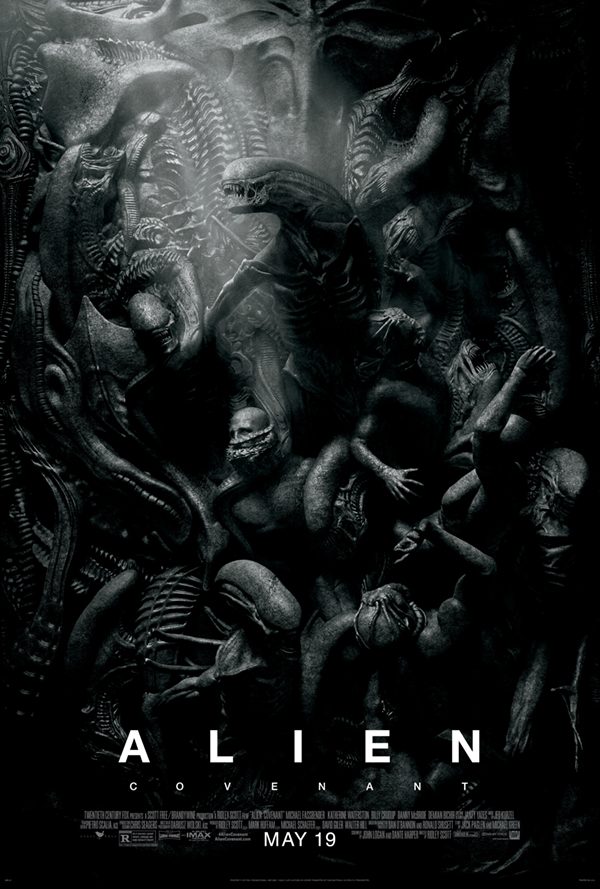 H.R. Giger’s Alien design and art wasn’t part of why I started liking these movies, but it certainly is today.
H.R. Giger’s Alien design and art wasn’t part of why I started liking these movies, but it certainly is today.
It’s fun escapism and for whatever reason, this franchise resonates with me. I can quote more lines from Aliens than from any other movie, much to the eye-rolling annoyance of my wife.
For reasons I need not explain, I’ve been pretty low the past couple of months. Lost a big chunk of my newspaper clients, the licensing momentum I was looking forward to building upon this year has been crippled, the Calgary Expo was cancelled, along with two trips to Vancouver Island this spring and summer, and until recently, I haven’t been able to see my friends.
I haven’t slept well in quite some time and my back is killing me, both directly related to my inability to deal with stress. It’s been a shitty year so far, as it has been for everyone.
I have little motivation to paint happy animals right now, because I’m just not feeling it.
Even before the virus-that-shall-not-be-named ruined everything, I’ve fallen down in the dumps creatively from time to time. It happens to all artists.
While it usually occurs at the end of the calendar year, when the darkness and cold of winter sets in, this year it’s spring, usually my most upbeat and productive time of year. It’s a feeling that everything I’ve ever painted sucks and there’s no hope for it to get better. I’m a hack, kidding myself about my skills, might as well throw in the towel and give up this foolishness. Anyone who creates anything knows this feeling at some point.
What has worked in the past to help me shake the blues is to paint a portrait of a movie character I like. It gives me a break from the commercial stuff, reminds me why I like painting, and has no financial pressure or deadline attached to it. With a few exceptions, most of the portraits in my Character gallery were painted for my own enjoyment.
Canadian Geographic Magazine commissioned me to paint Rick Hansen in 2018, and a couple paintings have attracted attention after I posted them on Twitter years ago, most notably Martin Sheen and Canadian astronaut Chris Hadfield. The latter sent me two tweets from the International Space Station about my work, a surreal experience. But, I don’t really expect the subject will see the portrait I paint of them.
So even though I’ve been focused on keeping my finances secure during all of this, trying to maximize revenue, my mood has been steadily declining and I needed a break.
I figured my skills might finally be good enough to attempt a painting of my favorite movie action hero, Ellen Ripley, played by Sigourney Weaver in multiple films.
My buddy Derek once asked me if she was a movie crush and no, it was never about that. What I admired about the character was that she was a regular person, put to the test. Step up or buckle, and most likely die.
At a time when women in action movies were usually just damsels in distress, T&A accessories for the men who would ultimately save them, Ripley became a leader who held it all together and kicked some ass, even though she didn’t want the hero role.
Say what you want about James Cameron and the stories about him being difficult to work for, but he’s always written great roles for strong independent women. Sarah Connor in Terminator, Rose in Titanic, Lindsey in The Abyss, Neytiri and Grace in Avatar, and Ripley in Aliens.
True, Ridley Scott birthed the Ripley character in the original Alien movie, but it was Cameron who allowed Sigourney Weaver to turn her into a badass.
Interesting side note about James Cameron’s creative skills, it was his hands drawing the portrait of Rose in the movie Titanic. He was drawing right handed for those scenes but is actually left handed. He also drew all of the sketches in Jack’s portfolio for that film.
Throughout this painting, I found myself rushing it at times and having to stop myself. This wasn’t a deadline, I had all the time in the world, and the whole point was to enjoy it, get lost in it, and to improve my skills with the work.
While watching the movie again to find reference, I had a lot of options. I could have painted her with the pulse rifle in the action hero pose, the alien eggs around her, ready to start firing. Maybe in the power loader suit doing battle with the Alien Queen, or standing outside on the planet after they realized they were stranded on LV-426, right after Newt says, “They mostly come at night. Mostly.”
I know, I’m descending into nerdy stuff here. Bear with me.
Ultimately when I choose to paint a character, there’s usually a look I see on screen, combined with the right lighting and I just know that’s it.
This painting is from a scene close to the end. The colony has been blown up, the drop ship has returned to the Sulaco in orbit and Ripley is telling Bishop that he did okay. Seconds later, the Alien Queen emerges from the landing gear, tears Bishop in two and starts looking for revenge.
It’s at that moment, Ripley looks up at the Queen in disbelief, but realizes once again that it’s either step up or run and hide. That’s the moment I painted.
Not long after, Ripley steps out into the light in the power loader and says one of the most memorable lines in movie history.
“Get away from her, you bitch!”
The two hardest parts of any painting is starting and finishing. Getting those first lines of the sketch down, convincing myself, “I can do this,” while a louder voice in my head says, “No, you can’t.”
Eventually I come to a moment when I have to say, “This is the best I’ve got right now” and call it finished, while that other voice is saying, “well your best ain’t much.”
It happens on every single painting.
In between those moments, however, it’s like working clay, smoothing out the curve of a cheekbone, lightening a shadow that’s too dark, choosing colours, angles, highlights, a hair here, another there, and putting in the hours, all in search of an accurate likeness and bringing a vision to life.
A likeness in a portrait isn’t about getting the features right, it’s about the relationship between those features as well. I could paint the eyes perfectly, but if the nose is too far away from them, or the angle of the mouth is wrong, the whole thing falls apart.
It’s a balancing act, zooming in and out, squinting, painting tweaks here and there, flipping the canvas and reference back and forth to see what I’m not seeing, shutting it down and walking away, only to open it again the next day and instantly see something I need to fix.
Finally I had to call it done; knowing that a year from now, I’ll look at this and think I could do a better job of it. But that’s art for you; it’s the epitome of the cliché about the journey vs. the destination.
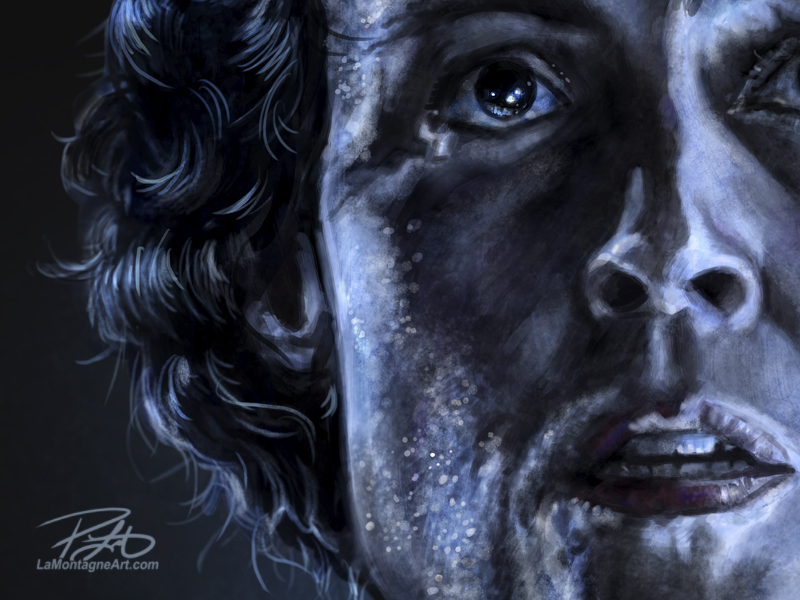 As for the whole cast coming to Calgary that year, my priority was my booth, not signatures and photo-ops. The video of the interview session in the corral was put online later on, so I still got to watch all of that after the fact. I enjoy behind-the-scenes stories of movie making, especially ones I’ve enjoyed for years.
As for the whole cast coming to Calgary that year, my priority was my booth, not signatures and photo-ops. The video of the interview session in the corral was put online later on, so I still got to watch all of that after the fact. I enjoy behind-the-scenes stories of movie making, especially ones I’ve enjoyed for years.
I did share an elevator with Lance Henriksen, who played the android Bishop, at the Palliser Hotel that week, twice in fact. I didn’t embarrass myself, and simply said it was nice to see him and I hoped he enjoyed Calgary.
Shonna and I and our friend Michelle were having a late dinner one night in the lounge, when almost the entire cast of Colonial Marines from Aliens came in to have a drink together. Peppered around the room were other celebrity guests. It was quite the surreal environment, but in true Canadian fashion, nobody approached or bothered them, mindful that they deserved their downtime too.
I never did see Sigourney Weaver or Bill Paxton that week, but I was fine with that. Had I the skills to have painted this portrait then, I might have lined up to have Ms. Weaver sign it, but that would have been an exceptional circumstance.
At the end of the Expo that year, while everybody began tearing down, a voice came over the loudspeaker. I don’t know if it was live or recorded earlier, but Bill Paxton recited some of his most famous lines from Aliens, including Hudson’s “Game Over, Man”, with intentional overacting.
After five long days, the vendors and staff exhausted, weary and wanting to go home, the place went nuts with cheers and applause. That’s one of my favorite memories from Expo, and a little bitter sweet. Paxton died four years later at 61, complications from surgery to repair a damaged heart valve.
I don’t know what I’m going to paint next, will need to give it a bit to see if this portrait shook loose the creative cobwebs, but I’m glad I made the time.
Cheers,
Patrick
___
© Patrick LaMontagne
Follow me on Instagram @LaMontagneArt
Sign up for my newsletter which features blog posts, new paintings and editorial cartoons, follow this link to the sign up form.

